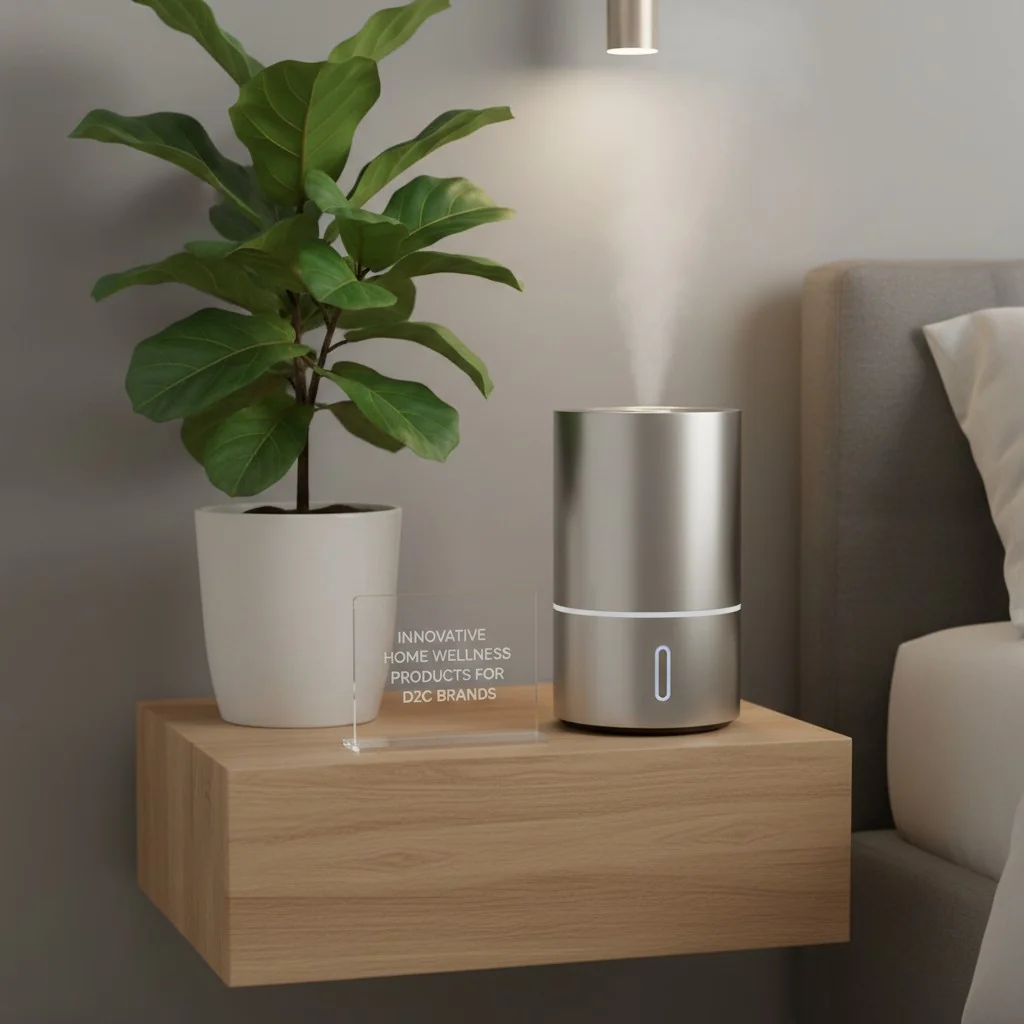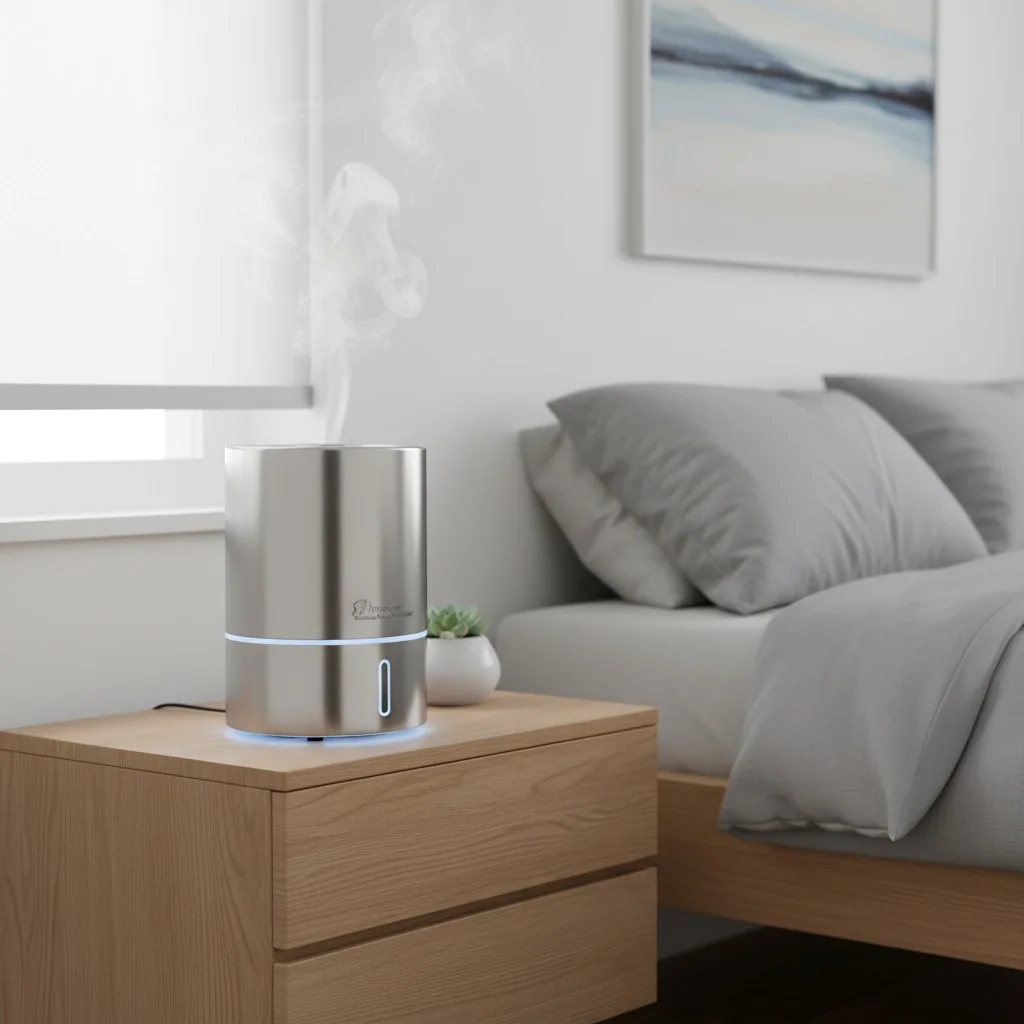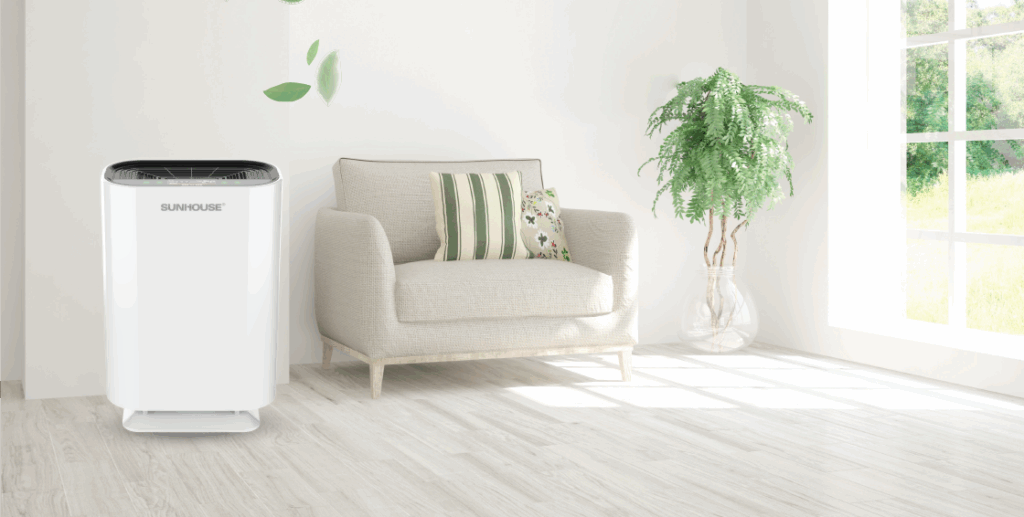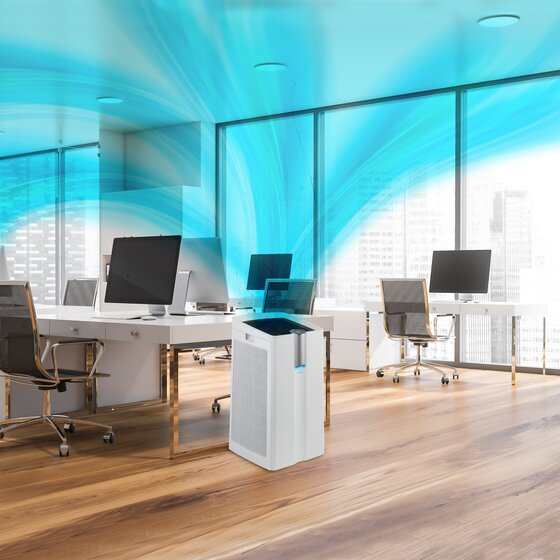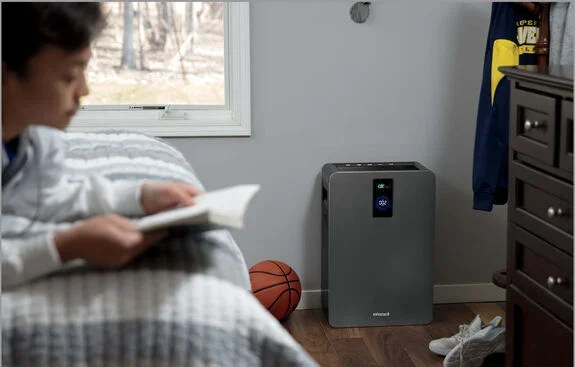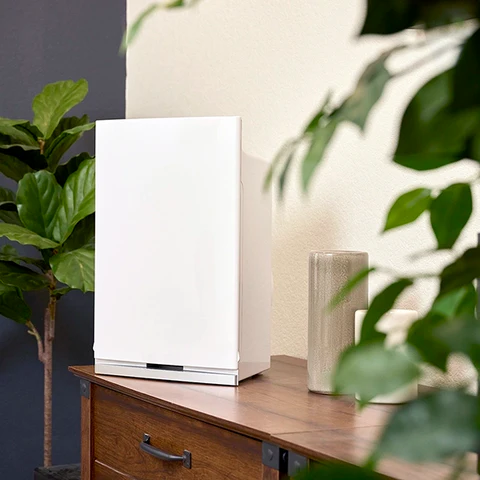Honeywell est l'une des marques de purificateurs d'air les plus réputées aujourd'hui. Elle définit la norme pour les purificateurs d'air HEPA ; en fait, même les purificateurs d'air HisoAir sont conçus pour rivaliser avec cette marque. Bien entendu, la qualité de Honeywell est due à ses installations et à ses techniques de production de pointe.
Honeywellanciennement connu sous le nom de Honeywell Inc. est un conglomérat américain très présent sur le marché mondial. Cette société basée en Caroline du Nord s'est établie dans le domaine des technologies de construction pour les applications résidentielles, commerciales et industrielles. Elle s'est spécialisée dans quatre domaines : l'aérospatiale, les matériaux de performance, les solutions de productivité et la construction technologique.
En attendant, Purificateurs d'air Honeywell sont réputés pour leurs performances irréprochables, notamment en ce qui concerne la filtration des contaminants microscopiques. Leurs capacités ont été testées et éprouvées, en particulier dans les applications résidentielles. En outre, de nombreuses personnes souffrant d'allergies utilisent les purificateurs d'air Honeywell en raison de leur efficacité à piéger les contaminants.
Là encore, la fonctionnalité des purificateurs d'air Honeywell est due au contrôle strict de la qualité effectué par l'entreprise dans ses usines d'assemblage. Mais savez-vous où ces purificateurs d'air de haute qualité sont fabriqués ?
Où sont fabriqués les purificateurs d'air Honeywell ?
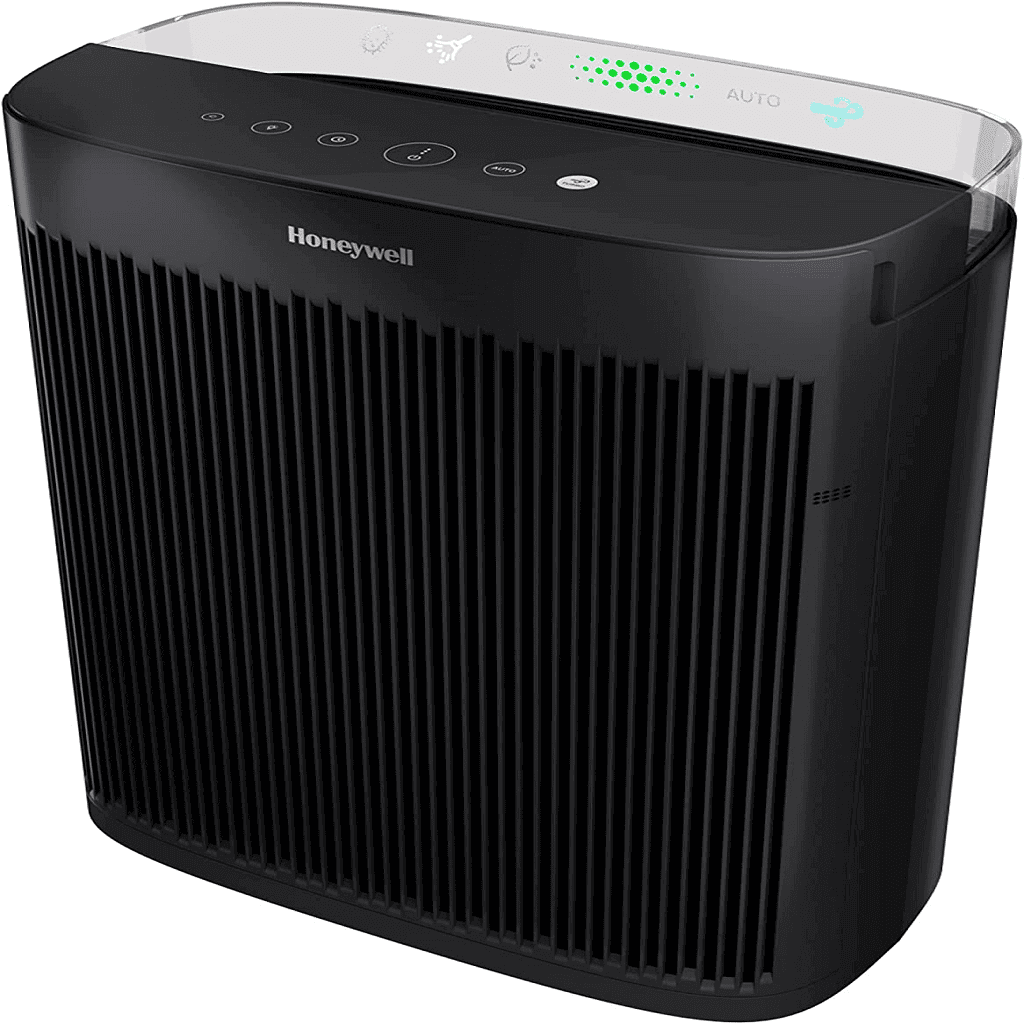
Source de l'image : Honeywell
Bien qu'il s'agisse d'une entreprise américaine, Honeywell n'a pas centralisé la production de ses produits. Bien entendu, cela est dû en grande partie à la décision de ses dirigeants. Les coûts de main-d'œuvre, l'accessibilité des matériaux et la disponibilité de la main-d'œuvre sont autant de raisons pour lesquelles Honeywell a étendu ses activités en dehors du territoire américain.
Plus précisément, les purificateurs d'air Honeywell sont fabriqués dans différents pays, tels que Chine, Coréeet au Portugal. Honeywell doit externaliser ses produits pour pouvoir répondre à la demande croissante de ses clients. Dans le même temps, l'entreprise souhaite garantir sa capacité à générer des profits en rationalisant ses coûts de production.
Cela signifie-t-il que les purificateurs d'air Honeywell ne répondent pas aux normes ? Pas nécessairement. Après tout, nous avons mentionné que cette marque est l'une des plus grandes marques de purificateurs d'air au monde. les principaux fabricants de purificateurs d'air dans le monde. Ses purificateurs d'air sont testés de manière indépendante par des laboratoires tiers. Les purificateurs d'air Honeywell sont certifiés Energy Star et AHAM vérifiéCe qui prouve que leur qualité n'est pas négligeable.
En outre, ces purificateurs d'air sont conformes aux normes de l'American Lung Association, grâce à l'utilisation de filtres HEPA de haute qualité. Le lieu de fabrication des purificateurs d'air Honeywell n'est plus très important dans ce contexte. Ce qui compte, c'est qu'il s'agit de systèmes de filtration d'air efficaces.
Questions fréquemment posées sur les purificateurs d'air Honeywell
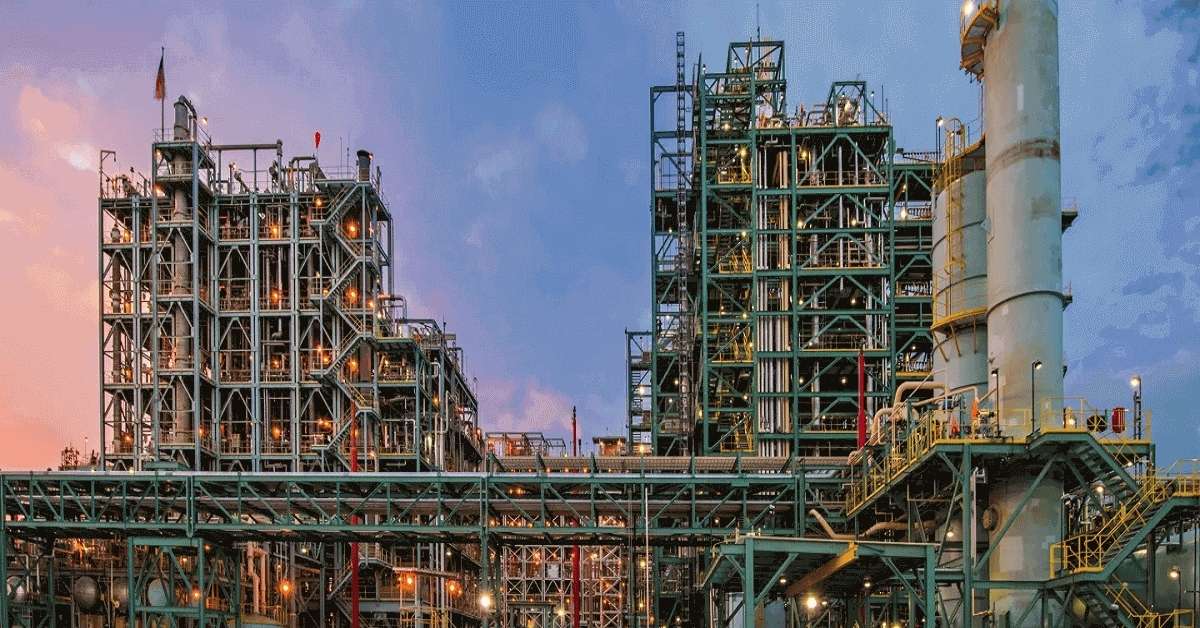
Source de l'image : Honeywell
Voici quelques-unes des questions les plus fréquemment posées par les nouveaux clients de Honeywell, en particulier en ce qui concerne les purificateurs d'air :
Comment utiliser les purificateurs d'air Honeywell ?
Il est intéressant de noter que les purificateurs d'air Honeywell ne sont pas trop compliqués à utiliser. Ces purificateurs d'air sont conçus pour être aussi simples que possible, ce qui garantit que les nouveaux utilisateurs n'auront jamais de difficultés à les utiliser.
La plupart des nouveaux purificateurs d'air Honeywell sont déjà numériques. Cela signifie qu'ils sont dotés d'une interface à écran tactile et de boutons à simple pression intégrés à leurs panneaux. La plupart du temps, les panneaux sont placés sur la partie supérieure. Vous pouvez ainsi y accéder facilement. Vous n'avez pas besoin de vous baisser pour régler les configurations des purificateurs d'air.
Fondamentalement, ces purificateurs d'air sont "press and play". Vous n'avez rien à faire avant que les appareils n'agissent. Une fois les purificateurs d'air branchés, vous pouvez déjà appuyer sur le bouton d'alimentation pour qu'ils commencent à fonctionner.
Vous pouvez également régler la vitesse du ventilateur de ces purificateurs d'air Honeywell. Ils sont dotés de réglages haut, moyen et bas, ce qui vous permet de les configurer en fonction de vos besoins. Par exemple, si vous souhaitez que le purificateur d'air fonctionne en continu, il est essentiel de le régler sur la vitesse la plus faible. Vous économiserez ainsi de l'électricité tout en vous assurant que l'air est pur.
Certains purificateurs d'air Honeywell sont équipés de capteurs de qualité de l'air. Ils automatisent le fonctionnement du purificateur d'air en contrôlant la présence de polluants atmosphériques. En fonction des relevés, le capteur peut augmenter ou réduire la vitesse du ventilateur du purificateur d'air.
À quelle fréquence faut-il changer les filtres des purificateurs d'air Honeywell ?
Les filtres d'origine intégrés aux purificateurs d'air Honeywell sont durables. Cela signifie qu'ils peuvent durer longtemps, en particulier lorsque les purificateurs d'air sont utilisés correctement. La fonctionnalité de ces filtres est fiable, mais cela ne signifie pas qu'ils durent très longtemps.
Ces filtres ne sont pas non plus lavables. Il faut donc les remplacer de temps en temps. Cela augmente le coût d'utilisation de ces purificateurs d'air. Bien entendu, d'autres marques de purificateurs d'air ont le même mécanisme.
La durée de vie de ces filtres à air est de trois mois en moyenne. Si la qualité de l'air dans votre maison n'est pas trop mauvaise, ils peuvent durer encore un mois ou deux. Dans les environnements où la pollution de l'air intérieur est importante, ces filtres peuvent s'user en un mois seulement.
Certains purificateurs d'air Honeywell sont dotés d'indicateurs de vérification du filtre. Ils permettent d'éviter les devinettes lorsqu'il s'agit de remplacer les filtres.
Meilleur fabricant de purificateurs d'air en Chine
Honeywell est en effet une grande marque de purificateurs d'air. Mais si vous souhaitez explorer d'autres options, vous pouvez vous tourner vers d'autres marques internationales. L'une de ces alternatives est HisoAir.
HisoAir
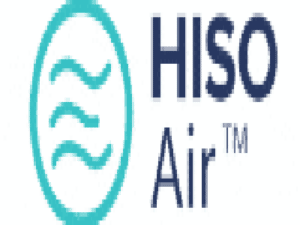
Source de l'image : HisoAir
- Type d'entreprise : Fabricant, fournisseur OE/OD/JD
- Siège social : Nouvelle génération Info. Tech. Industrial Park, BaoAn District, Shenzhen, Chine
- Principaux marchés : Mondial
- Années d'expérience : 11 ans
- Certificats : CE, ROHS, EN1822
La qualité des purificateurs d'air HisoAir est conçue pour rivaliser avec les purificateurs d'air les plus courants. marques de purificateurs d'airtels que Honeywell, Levoit, et Blueair. Avec plus de dix ans d'expérience dans le secteur, cette société a déjà produit une pléthore de purificateurs d'air de qualité médicale. Ses produits sont utilisés dans les hôpitaux, les bâtiments publics, les installations privées et les résidences.
HisoAir est également en mesure de fabriquer ces purificateurs d'air en vrac. Elle peut répondre à des commandes en grandes quantités. Elle accepte également les commandes internationales et propose des tarifs compétitifs. Bien entendu, les purificateurs d'air HisoAir sont efficaces. Ils sont équipés de filtres HEPA de qualité professionnelle capables de capturer 99,97 % des contaminants microscopiques.
Produits clés
Conclusion
Les purificateurs d'air Honeywell sont d'excellents outils de purification de l'air. Ils présentent également une ergonomie exceptionnelle, ce qui permet aux utilisateurs de s'en servir correctement. En outre, ils sont durables et sûrs à utiliser.
Vous pouvez également essayer d'autres marques de purificateurs d'air, comme HisoAir. Cette dernière, par exemple, propose des purificateurs d'air efficaces pour les applications commerciales et résidentielles. Ils sont également proposés à des prix raisonnables, ce qui vous permet de les acquérir sans problème. Visitez HisoAir et en savoir plus sur ses produits.
Consultez également les articles suivants !
- Les meilleurs fabricants de filtres à air électrostatiques au monde
- Top 3 des fabricants chinois de purificateurs d'air à générateur d'ozone
- Où sont fabriqués les purificateurs d'air iDer ?
- Où sont fabriqués les purificateurs d'air KOKOFIT ?
- 17 Meilleures critiques de purificateurs d'air Winix HEPA en 2022


